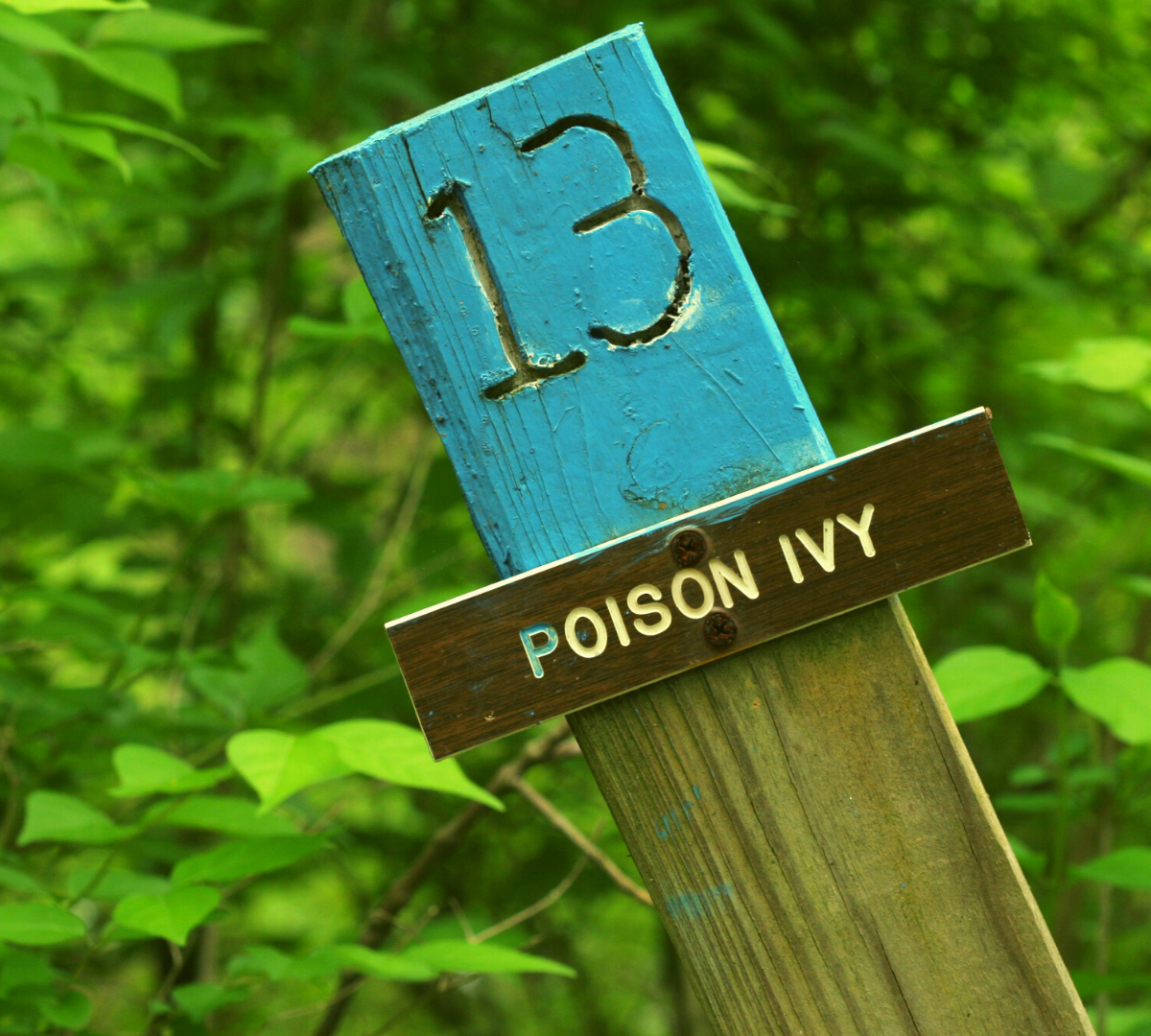
Over the past few weeks our weather has shifted. Warming temperatures brought blossoms and the leaves have set on. Now it’s time to venture outdoors and enjoy all that nature has to offer. While most plants we encounter on our outdoor excursions are harmless, some produce oils that cause itchy, unpleasant rashes.
Poison ivy, poison oak and poison sumac cause more cases of contact dermatitis than all other plant families combined! While any one of us might be allergic to these plants, some are more allergic than others. If you’ve had a bad encounter in the past, continue to take extra precautions!
Prevention
Protect yourself and your family from poison ivy, oak, and sumac on your next outdoor adventure.
When these plants come into contact with our skin, they leave behind oils that often cause a rash. If you’re in a wooded area, cover up with clothing! Wear long sleeves, pants, socks, and boots. If you’re working outside, wear gloves. You can also apply an ivy blocker. These non-prescription products can be found in stores or online.
Remember, “leaves of three, let them be!” Generally, poison ivy and poison oak have three green or reddish-green leaflets on each leaf. Poison sumac, however, has five, seven or more! Poison ivy commonly grows as a climbing vine. All parts of the plant, even the vine, can cause a skin reaction.
When you return home, machine-wash your clothing, including hats and gloves. Washing items in hot water with detergent as soon as possible can prevent plant oils from getting on your skin. If you’ve been in a heavily wooded area, consider wearing gloves when you remove your clothing!
Then take a shower! If you know you’ve come into contact with poison ivy, wash as soon as possible! Wash under hot running water and, if possible, use dishwashing liquid. Wash your entire body three times, wiping in one direction and not back and forth which can irritate your skin. Don’t forget to clean under your nails and rinse well.
Bathe pets, as well! Plant oil can attach to their fur and pass onto your skin.
Signs & Symptoms
Be on the lookout for symptoms of poison ivy exposure. Approximately, 50 percent of people who come into contact with the oil found on poison ivy, oak and sumac plants will develop symptoms. The most common are listed below:
- Intense itching
- Skin swelling and blisters
- Skin redness
Symptoms usually appear within 4 hours to 4 days after exposure, but they can show up as late as 21 days after contact. Eventually, the rash will turn into a line of fluid-filled blisters. The fluid from these blisters does not spread the rash, and poison ivy dermatitis is not contagious and cannot be passed from person to person.
Diagnosis
Poison ivy rashes can be diagnosed by how the skin looks, and usually no further testing is required. If you’re concerned, reach out to your primary care provider or head to a trusted urgent care center.
Treatment
The rash usually disappears within one to three weeks without treatment. Depending on the severity, these treatments can provide relief:
Skin Treatments: Adding oatmeal to a bath, applying a cool wet compress, or applying calamine lotion may help relieve itching. Once blisters become weepy, astringents containing aluminum acetate (Burow’s solution) and Domeboro may relieve the rash.
Steroid Creams: When used during the first few days after symptoms develop, steroid creams may bring relief. Stronger prescription formulas are more helpful than over-the-counter dosing like 1% hydrocortisone. Creams cost more and are less effective than steroid pills or injections.
Steroid pills and injections: For severe symptoms, including a rash that covers a large area, you may need steroid pills or injections to relieve itching and swelling. Pills can be given for 14 to 21 days, with a decreasing dosage overtime. If stopped early, the rash and itching will reappear.
Antibiotics: With a rash, skin infections are possible. If an infection develops, you might need antibiotics.
Antihistamine creams or lotions, anesthetic creams containing benzocaine or antibiotic creams containing neomycin or bacitracin may make the rash worse and should be avoided.
Getting outdoors is important for our health and well-being. Develop a routine by being aware of your surroundings, dressing appropriately and washing when you return home. Know the symptoms and keep relief options in your cupboards. These simple steps can keep you and your family poison ivy free or ensure proper care if you do develop an allergic reaction.